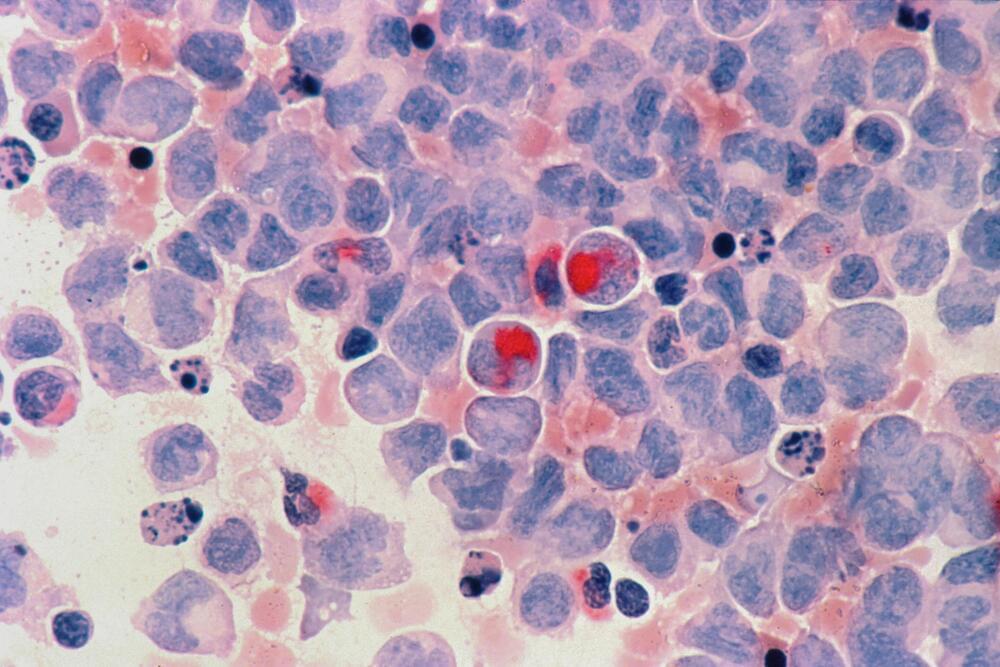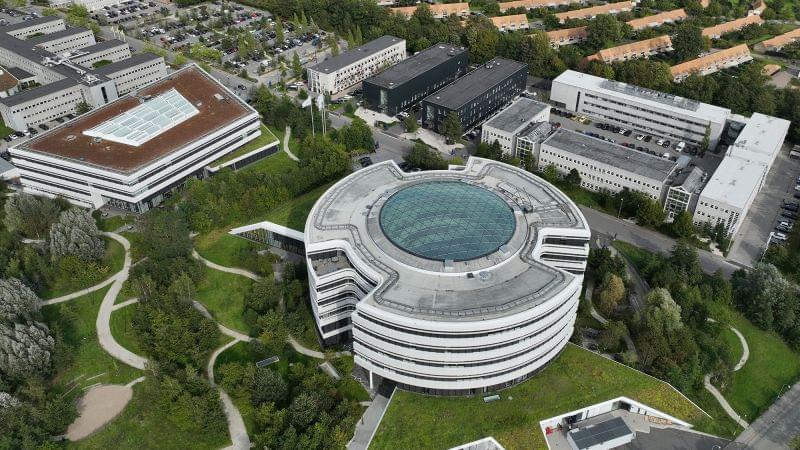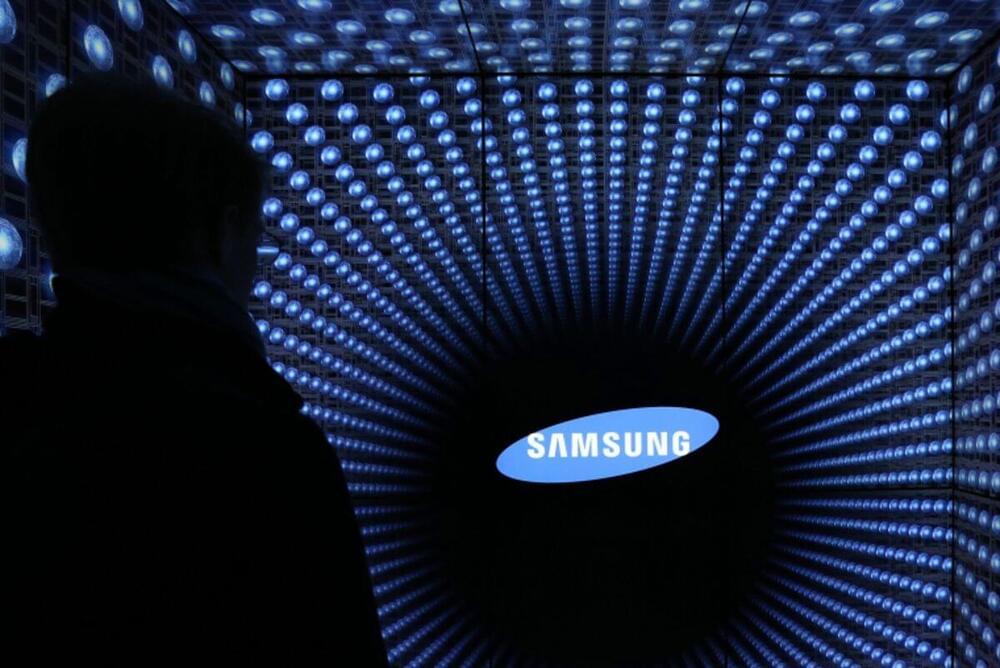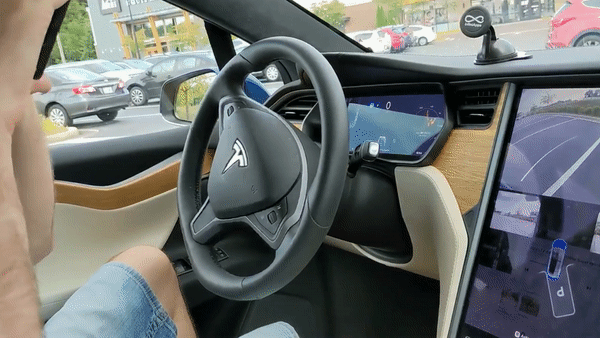Hung-Wei Tseng, a UC Riverside associate professor of electrical and computer engineering, has laid out a paradigm shift in computer architecture to do just that in a recent paper titled, “Simultaneous and Heterogeneous Multithreading.”
Tseng explained that today’s computer devices increasingly have graphics processing units (GPUs), hardware accelerators for artificial intelligence (AI) and machine learning (ML), or digital signal processing units as essential components. These components process information separately, moving information from one processing unit to the next, which in effect creates a bottleneck.
In their paper, Tseng and UCR computer science graduate student Kuan-Chieh Hsu introduce what they call “simultaneous and heterogeneous multithreading” or SHMT. They describe their development of a proposed SHMT framework on an embedded system platform that simultaneously uses a multi-core ARM processor, an NVIDIA GPU, and a Tensor Processing Unit hardware accelerator.







